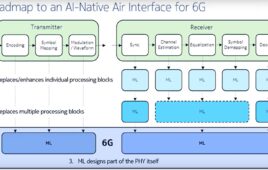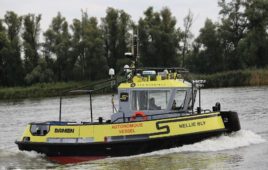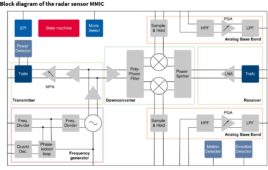Supercell thunderstorms are terrifying natural marvels that carry high risks of lethality and devastation.
To improve prediction and reduce “false alarm” tornado warnings, researchers are planning an investigation centered on radar and unmanned aircraft systems (UAS) called the Targeted Observation by Radars and UAS of Supercells (TORUS). The study will gather intel on the supercell’s small-scale structures, which play a part in a tornado’s formation.
Chungu Lu, program director in the National Science Foundation’s (NSF) Division of Atmospheric and Geospace Sciences, says, “To understand how tornadoes are formed, we need to study their parent storms, called ‘supercells.’ In TORUS, scientists will deploy a suite of radars and drones to observe supercells. The results will increase our ability to forecast tornadoes.”
(Image Source: Roger Laurence)
The project will being May 14 at the Salina, Kan., Regional Airport, and continue through to June 16. According to the NSF, the project’s scope will span 367,000-square-miles, covering regions of Iowa, Texas, North Dakota, Wyoming, and Colorado, in search for supercell storms.
To make this project happen, the University of Nebraska-Lincoln will work alongside the University of Colorado Boulder, Texas Tech University, and the National Oceanic and Atmospheric Administration’s (NOAA) National Severe Storms Laboratory.
The study received a three-year, $2.4 million grant from the NSF, along with support from NOAA.




